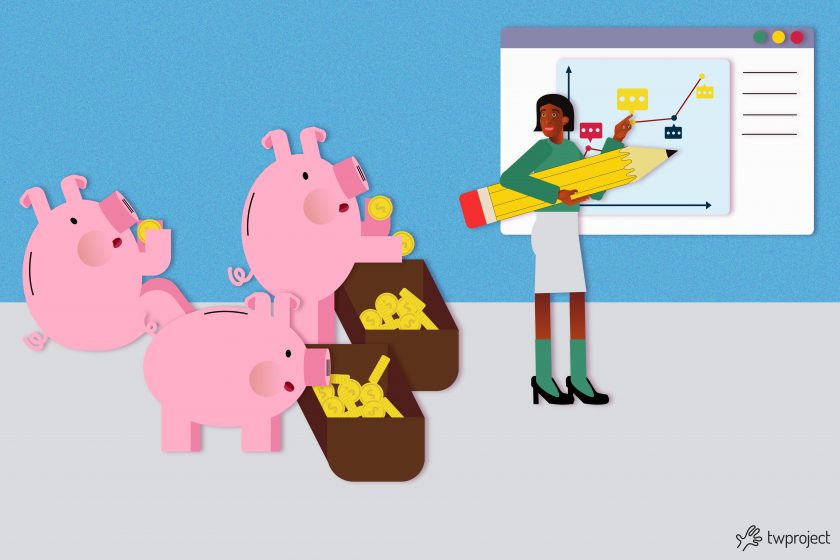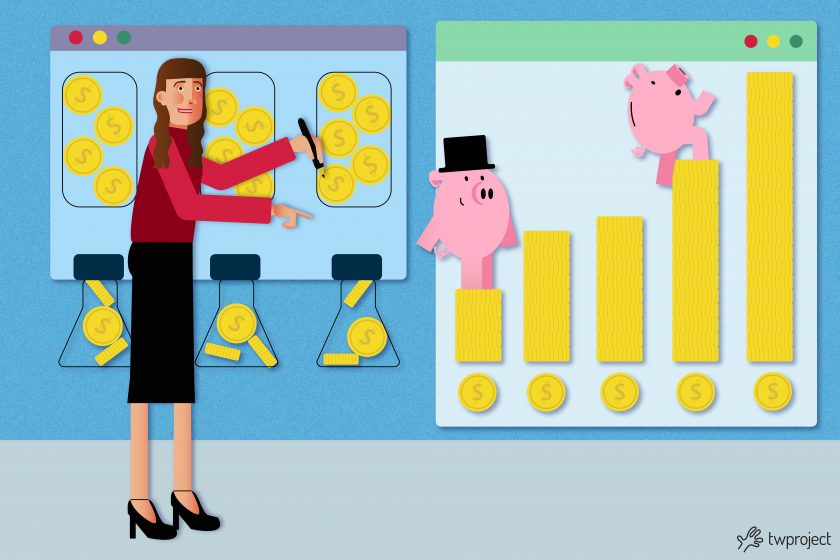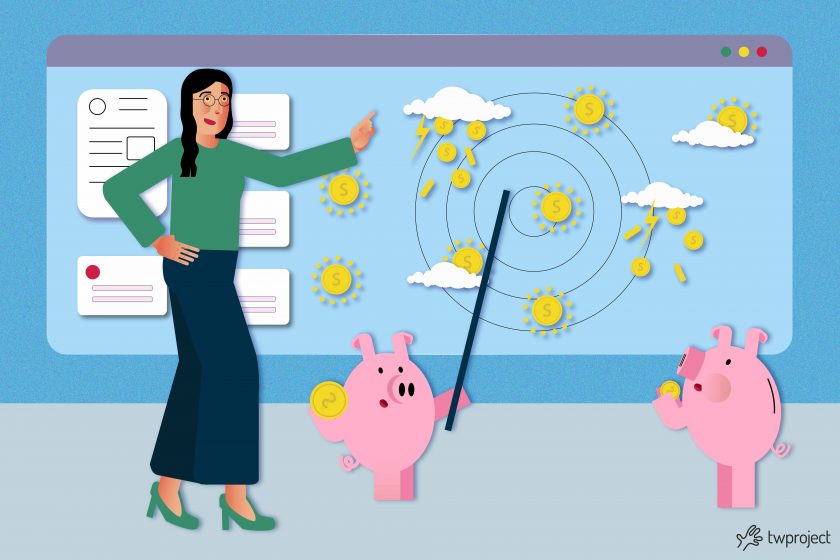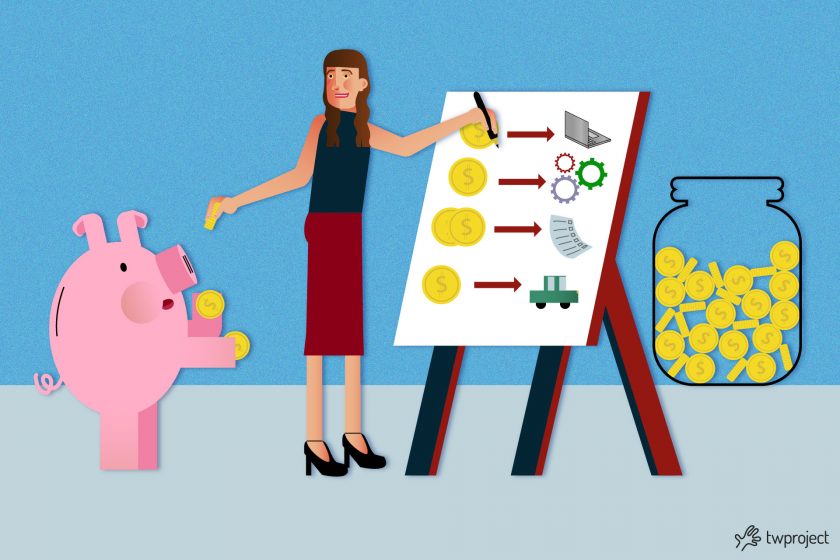-
How to monitor actual costs compared to planned costs
Monitoring actual costs compared to planned costs is one of the most crucial tasks for any project manager. Financial control is more than just numbers: it is what makes projects sustainable, predictable, and capable of generating real value for the business. Without a clear system for comparing estimates, actual expenses, variations, and trends, even the … Continue reading "How to monitor actual costs compared to planned costs"
-
How to optimize decision-making processes in your business
Decision-making processes are a pivotal aspect of any organization, directly impacting its efficiency, competitiveness, and ability to adapt to change. Optimizing these processes means making decisions more quickly, with increased awareness, and, most importantly, positively impacting business performance. Let’s take a look at what this is about in this article. CONTENT What is a decision-making … Continue reading "How to optimize decision-making processes in your business"
-
Streamline business operations with Twproject
Business operations represent the set of daily activities that enable an organization to function, grow, and create value. From managing raw materials to delivering finished products, every stage requires careful planning, coordination, and control. Thanks to its flexibility and process-oriented structure, Twproject can be the ideal tool to simplify and optimize every aspect of production … Continue reading "Streamline business operations with Twproject"
-
Obtaining project budget approval: 5 key tips
Obtaining project budget approval is not an easy task. Every project comes with costs, and generally, the larger and more complex the project, the more difficult it will be to get approval. CONTENT Obtaining budget approval: What to consider when making a project budget 1. Cost estimates 2. Budget contingency 3. The bottom-up approach 4. … Continue reading "Obtaining project budget approval: 5 key tips"
-
Project cost management: what is it and how to implement it
Project cost management is an evergreen feature in all projects: big or small, from IT to construction. In fact, all projects require the purchase of any type of material or service. Regardless of the scope or the program, projects need funds to complete the work. Technically, even projects that use only manpower needfunds. Someone in … Continue reading "Project cost management: what is it and how to implement it"
-
The best tools for Financial Planning
Most of the time, bad financial planning leads to project failure or late delivery. Solving this issue is not easy, but in this article, we will provide tips on how to improve project financial management and the best tools for it. CONTENT What is project financial planning? Financial planning throughout the project life cycle Common … Continue reading "The best tools for Financial Planning"
-
How to develop a budget and make realistic forecasts
How to prepare a budget? As a business grows and becomes increasingly complex, budget preparation and realistic forecasting become ever more critical. Budgeting and forecasting may sound the same, but within the corporate financial framework, they present distinctive characteristics. Although they cover two different spheres, budgets and forecasts work together to produce a comprehensive guide … Continue reading "How to develop a budget and make realistic forecasts"
-
How to monitor operating costs in a project
Projects cost money and, therefore, require regular monitoring of their operating costs to ensure success. Indeed, being able to manage and track expenses is what keeps the project within a budget. It is unlikely that stakeholders will consider the project a success if it costs too much money. In this article, we will examine what … Continue reading "How to monitor operating costs in a project"
-
Why invest in warehouse management software
Using warehouse management software for efficient control is critical to a company’s success, regardless of size. Both small and large businesses face the daily challenge of optimizing their inventory, streamlining order fulfillment, and improving overall operational efficiency. Warehouse management software can streamline business operations by streamlining processes, improving efficiency, and reducing expenses. Let’s learn more … Continue reading "Why invest in warehouse management software"
-
How to keep project expenses in check
Keeping a project’s expenses in check is often easier said than done. Tracking expenses is becoming increasingly complex, and without the right tools and processes, meeting a project budget becomes virtually impossible. So, in this article, we will cover how to make budget management efficient. CONTENT Why is project expense monitoring important? 5 tips for … Continue reading "How to keep project expenses in check"
-
Analysis of the costs of a project
The analysis of the costs (and benefits) of a project, is crucial in project management and is often the most critical element for a project manager. Let us take a closer look at this essential process. When managing a project, it is necessary to make many important decisions, such as implementing project monitoring and control … Continue reading "Analysis of the costs of a project"
-
Cost-benefit analysis in a project
Measuring costs and benefits of a project isn’t something that can be left to the feelings of the Project Manager. We are talking about the essence of the company’s business and therefore we need certain elements on which to make assessments. When managing a project, in fact, you need to make many key decisions, taking … Continue reading "Cost-benefit analysis in a project"
-
How to monitor and cut business costs with Twproject
In the project management world, keeping business costs under control is critical to any project’s success. As projects become more complex and the pressure to keep costs to a minimum grows, project management tools such as Twproject become indispensable. Here in this article, we will explore how to monitor business costs effectively. INDICE DEI CONTENUTI … Continue reading "How to monitor and cut business costs with Twproject"
-
Expense report: how to manage it in complex projects
Expense report management is one of companies’ most sensitive and tricky tasks, especially for large projects. The expense report is a core document that accounts for costs incurred by an employee during a trip or as part of a specific project. Managing it can be challenging due to the variety of expenses involved and the … Continue reading "Expense report: how to manage it in complex projects"
-
How to use the cost center to simplify large projects
The cost center is a valuable tool for simplifying the financial management of projects. Accurate and detailed cost management is critical to ensure sustainability and growth in any company. Elements such as raw material, unit cost, and other economic factors are essential to the success of any business. But how can all these elements be … Continue reading "How to use the cost center to simplify large projects"
Cost management
Choose the category you are interested in:
AgileComparisonCost managementPm expertProduct updatesProductivityProject managementResource managementTime managementUsage tips















